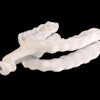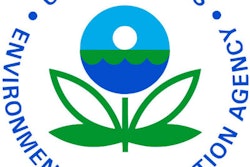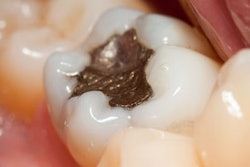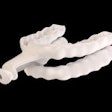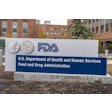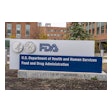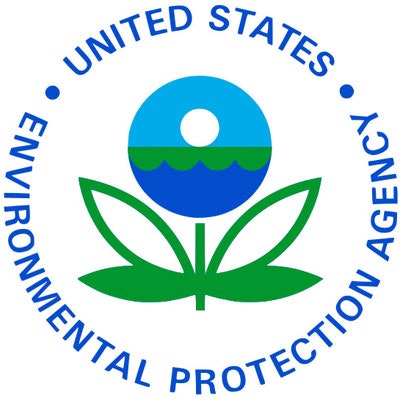
Did your dental practice purchase an amalgam separator when the U.S. Environmental Protection Agency (EPA) announced new mercury waste regulations in December 2016?
Many practices did. But because of uncertainty around a memo by U.S. President Donald Trump's administration ordering the EPA and other agencies to withdraw unpublished U.S. government regulations, there is now a question about the status of the mercury waste regulations. It's a question a new lawsuit from the National Resources Defense Council (NRDC) seeks to resolve.
"EPA's withdrawal of the mercury rule is not just illegal but senseless. The rule imposes minimal burden, drew widespread praise from dental providers, and benefits public health and the environment," Aaron Colangelo, litigation director at NRDC, stated in a press release.
Legal challenge
More than 100,000 U.S. dental practices use or remove amalgam, according to the EPA. About 5.1 tons of mercury each year is discharged through wastewater lines to municipal treatment plants from these offices, and it is subsequently released into the environment. Dental offices are the main source of mercury discharge to these municipal treatment plants, the agency noted.
After more than a decade of research and comment, the EPA concluded in December 2016 that amalgam separators were a practical solution to the question of keeping mercury out of public water supplies.
“The Trump White House ordered the EPA and other agencies to violate the law. That puts Americans at greater risk of exposure to this dangerous neurotoxin, which can do harm even in tiny amounts.”
"Requiring dental offices to remove mercury through relatively low-cost and readily available amalgam separators and [best management standards] makes sense," the agency stated in its executive summary of the final rule.
The agency released the mercury waste regulation on December 15, 2016, but any proposed regulation from the EPA and other agencies does not become official until it is published by the Office of the Federal Register in the Federal Register. The new rules were scheduled to be published in the January 24 issue of the Register.
However, on January 20, 2017, the Trump administration issued a memo that directed federal agencies to "immediately withdraw" final rules sent to the Office of the Federal Register but not yet published. At this point, the EPA complied with the memo and withdrew the regulation.
Officially, this means the regulation has been withdrawn. But the National Resources Defense Council became involved after filing a lawsuit against the EPA on February 1 in the U.S. District Court for the Southern District of New York to have the regulation become official.
The case is Natural Resources Defense Council v. U.S. Environmental Protection Agency et al., which is to be heard by U.S. Justice J. Paul Oetken. At press time, no trial date had been set.
Illegal action?
The NRDC claims the EPA acted illegally when it withdrew the mercury protection rule without public notice or an opportunity for comment. The council claims the regulation cannot be withdrawn, because the rule is final as issued in December 2016.
The Trump administration's memo not only forced the EPA to violate the law but also put Americans at greater risk, Colangelo said in the NRDC release.
"The Trump White House ordered the EPA and other agencies to violate the law. That puts Americans at greater risk of exposure to this dangerous neurotoxin, which can do harm even in tiny amounts," he stated.
Dental providers and the American Dental Association supported the regulations, Colangelo noted.
On the ADA's website, the association notes that the final rule is "consistent with the ADA principles for developing a national pretreatment standard for dental office wastewater."
DrBicuspid.com reached out to the NRDC and the EPA for comment. The NRDC referred to its press release. The EPA wrote in an email that the agency would make a statement at the appropriate time.


